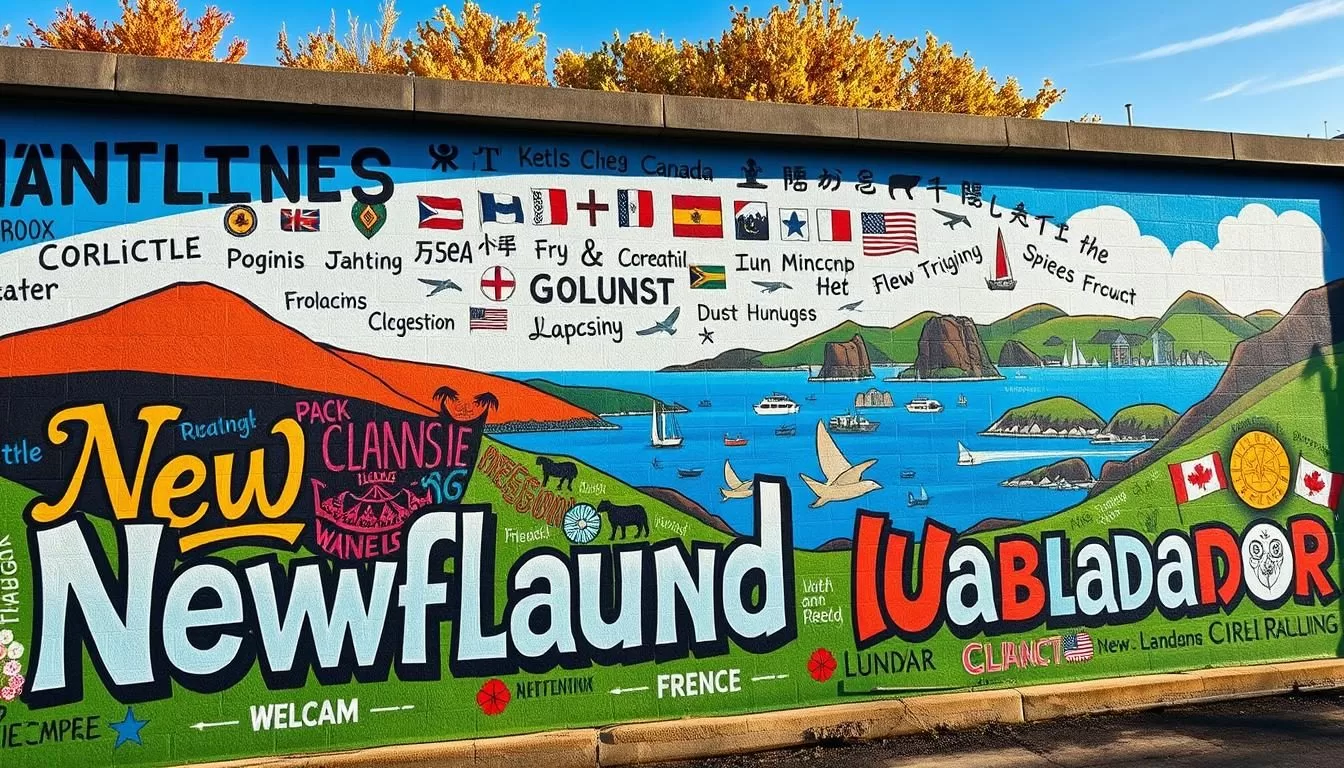Newfoundland and Labrador, Canada: List of the Largest Cities by Population
✓ Accommodations✓ Flights✓ Rental Cars✓ Tours & Activities 1. St. John’s – ~126,000The capital and largest city, historic port on the Avalon Peninsula and provincial cultural-economic center. 2. Conception Bay South – ~29,600Rapidly growing...






